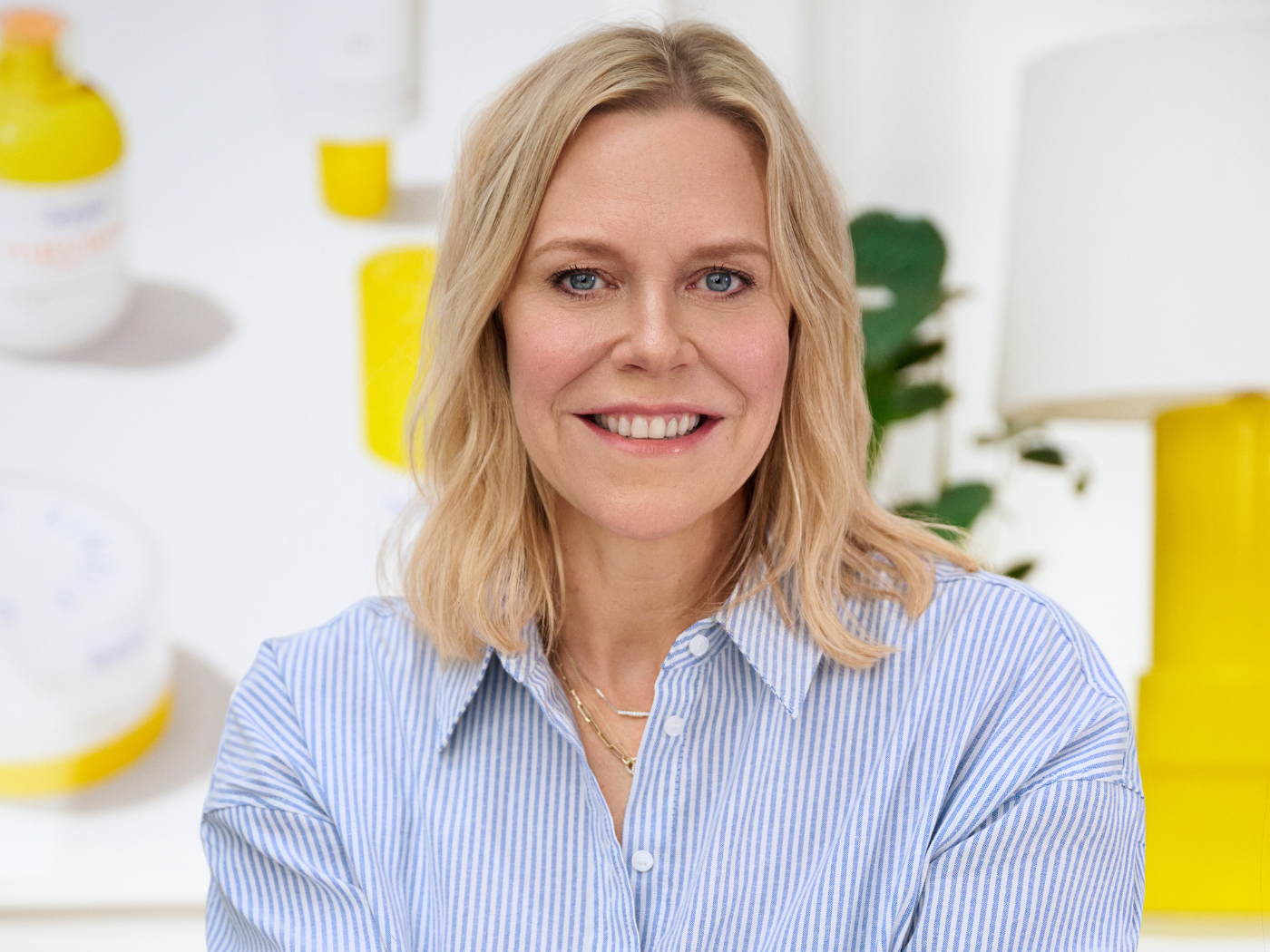Is being a woman bad for your health? The short answer is yes.
And, as it turns out, being a woman of color can be terminal, at times. Throughout history, women have lived in a medical world created by white men, for white men. In recent years, we’ve seen more awareness of women’s health, from normalizing menstruation and embracing sexual pleasure to legalizing contraception and fighting for reproductive autonomy. But women, especially Black, Indigenous, People of Color (BIPOC) women are largely underrepresented in healthcare and continue to face unmet healthcare needs. Thanks to a growing proliferation of technology solutions designed for women, we are starting to see the health care gap narrow.
Over the last few years, technology focused on women’s health has come to be known as “Femtech.” A portmanteau term for “female technology,” coined by Danish entrepreneur Ida Tin in 2016, FemTech is a rapidly growing industry of devices, software and apps supporting women’s physical and mental health. The category includes diagnostic tools, wearables, services, and software, such as period and fertility tracking apps like Clue and Flo. Other growth areas include fertility, pelvic and sexual health, contraception, menopause, mental health, breastfeeding, postpartum care, wellness, and personal care, as well as conditions that affect women disproportionately or differently (such as osteoporosis or cardiovascular disease). According to a recent McKinsey report, the global FemTech market accounted for $40.2 billion in 2020 and is projected to reach $75 billion by 2025, according to one estimate. Another estimate suggests the FemTech market could reach $1 trillion by 2027. Indeed, this sector is driving innovation, attracting investment, and normalizing conversations about female health.
Although there are nearly 4 billion women worldwide, women’s health is often viewed as a niche market. Even though women generally live longer than men, they spend more of their lives in poor health. Today, women are more likely to be misdiagnosed than men are and often receive certain cancer and heart disease diagnosis years after men, according to oncologist Dr. Elizabeth Comen, author of the new book, All in Her Head: The Truth and Lies Early Medicine Taught Us About Women’s Bodies and Why It Matters Today (HarperCollins, February 2024). This disparity underscores the need for a better understanding and awareness of gender-specific symptoms, as well as unbiased medical evaluations.
Women of color experience a tragic double whammy, facing both gender and ethnic discrimination in the basic pursuit of healthy lives. Dr. Comen writes that if you are a woman of color or you are poor, you are viewed by medical authorities as even less credible and less worthy of care and compassion. But what about a wealthy woman of color who has access to the best medical care available? Let’s take Serena Williams, for example. After the birth of her daughter Olympia via Cesarean section, Williams developed symptoms that she recognized as signs of life-threatening blood clots, due to her history with pulmonary embolism. Her repeated requests for a CT scan and IV blood thinners were dismissed as confusion caused by pain medicine. Ultimately, her doctor performed a scan and determined that, in fact, Williams had blood clots in her lungs. Luckily, she survived, after repeatedly advocating for care she knew she urgently needed. However, Black women face higher rates of infant and maternal mortality.
“As is so often the case in global health, innovations aren’t making their way to the people who need them most — women in low-income countries, as well as Black and Indigenous women in high-income countries like the United States, who are dying at three times the rate of white women. That needs to change,” Melinda French Gates stressed in a 2023 report released by The Bill & Melinda Gates Foundation 2023. The report calls for innovations in access to maternity health care. There are 800 maternal deaths every day around the world due to child pregnancy and birth complications. For perspective, that’s one death every two minutes. “By making new innovations accessible to those who need them most, two million lives could be saved by 2030, and 6.4 million lives by 2040. She argues that prioritizing and investing in women’s health can be a powerful catalyst for broad societal benefits, including poverty reduction and gender equality. “We have seen over and over again that when countries actually prioritize and invest in women’s health, they unleash a powerful engine for progress that can reduce poverty, advance gender equality, and build resilient economies,” French Gates added.
Where did the gender health gap originate? In ancient Greece, Aristotle described the differences between a male’s superior anatomy and the female’s inferior organs, while Hippocrates and Plato believed that a woman’s “wandering womb” caused suffocation and death. Even vocabulary assigned to female anatomy came with sexist connotations. The word “pudenda,” a medical term for female genitalia, stems from the Latin pudere, meaning “be ashamed,” whereas penis translates to “tail” in Latin, highlighting that even language is baked with gender judgment.
So why is women’s health care so far behind progress in other areas, like educational and workplace equity? As recently as 1977, the United States Food and Drug Administration (FDA) recommended that drug trials exclude women of childbearing age. By leaving women out of clinical trials, there was no way of knowing if a medication was safe or effective for women. There was no regulatory agency to identify potential side effects or contraindications. This exclusion also led to a shortage of healthcare data about women. It wasn’t until 1991, when Dr. Bernadine Healy became the first female NIH Director, that significant changes were made. She launched the Women’s Health Initiative, which conducted a study of more than 150,000 postmenopausal women over a span of 15 years. The trials tested the effects of postmenopausal hormone therapy, nutrition, and calcium and vitamin D supplements on heart disease, bone fractures, and breast and colorectal cancer. Finally, just over 30 years ago, Congress passed the NIH Revitalization Act of 1993, a landmark policy that required the inclusion of women and underrepresented racial and ethnic minority populations in clinical research. Trials also had to analyze if and how variables affected women and minorities differently.
There’s also the stigma of women’s health concerns. “Male investors don’t want to hear about menstrual blood. But when you talk about how huge the market is and the impact it can have, you get their attention,” says Fatima Perez Sastre, Digital Healthcare Atrategist at Novartis Biome. This avoidance perpetuates stigma about (*awkward cough*) periods and vaginas and funding gaps for technology that can improve healthcare for women. “A really big challenge has been the shift in mindset and healthcare delivery. We all know that the research and clinical trials favor the male anatomy and data, which for many decades has affected the thing that gets delivered on the ground,” says digital health expert Katya Masconi-Yule, Senior Programme Manager at DigitalHealth London.
The good news is that investors are beginning to acknowledge women’s health.
“The women’s health innovation space is finally getting the attention it needs and also deserves,” says Kathrin Folkendt, founder of FemTech Insider, a global media platform dedicated to women’s health innovation. “While we’ve seen a 27% dip in the overall health tech investment space, we’ve seen 5% growth in FemTech in the same timeframe. But despite this growth, all of the investments made in the women’s health space is only 2% of that entire category. This is very unfortunate, especially given the big potential that the women’s health innovation space has,” Folkendt adds.
When devices aren’t tested on women with diverse ethnic backgrounds, there can be grave consequences. For instance, there are multiple cases of digital thermometers, pulse oximeters and X-rays underperforming on people with deeper skin pigmentation. Recent studies have shown that forehead thermometers are 26% less accurate than oral thermometers for Black patients. Wearable devices that track heart rate have been shown to produce inaccurate results on people with darker skin tones due to challenges with greenlight technology. With more inclusive product development and testing, we can create responsible and equitable medical tools.
Despite the disparity, current devices and tech are already beginning to address neglected and under-researched women’s health issues. For instance, the first period tracking apps were released in 2013, and by 2021, at least 50 million women were using a period tracking app worldwide. Beyond that, more than half of expectant mothers in the United States use pregnancy apps for prenatal care. There is a clear need for accessible and convenient solutions to women’s healthcare needs.
Despite a long history of gender and ethnic inequality in health care, the conversation about women’s health is changing. Advances in women’s health care are accelerating, leading to better outcomes for women and presenting new opportunities for investors, companies, and other stakeholders across the health care ecosystem. These developments contribute to a holistic understanding and long-awaited reclaiming of women’s history and anatomy. We can’t minimize the importance of understanding our bodies and unapologetically advocating for care that prioritizes our physical and mental wellbeing.
Below, a few of the noteworthy FemTech startups that are making women’s healthcare more accessible and inclusive.
Health in Her Hue, an online platform that connects women of color to culturally sensitive doctors, doulas, nurses and therapists nationally. https://healthinherhue.com/
InovCares, an app that offers access to care for expecting and post-partum mothers of color. https://inovcares.com/
Femovate by Guidea, a UX sponsorship program for early-stage FemTech founders that has awarded over $1.2 million to date. https://www.femovate.com/
Motherocity, a company that offers post-partum solutions using AI to assess risks and develop custom-tailored care plans for users. https://motherocity.com/




